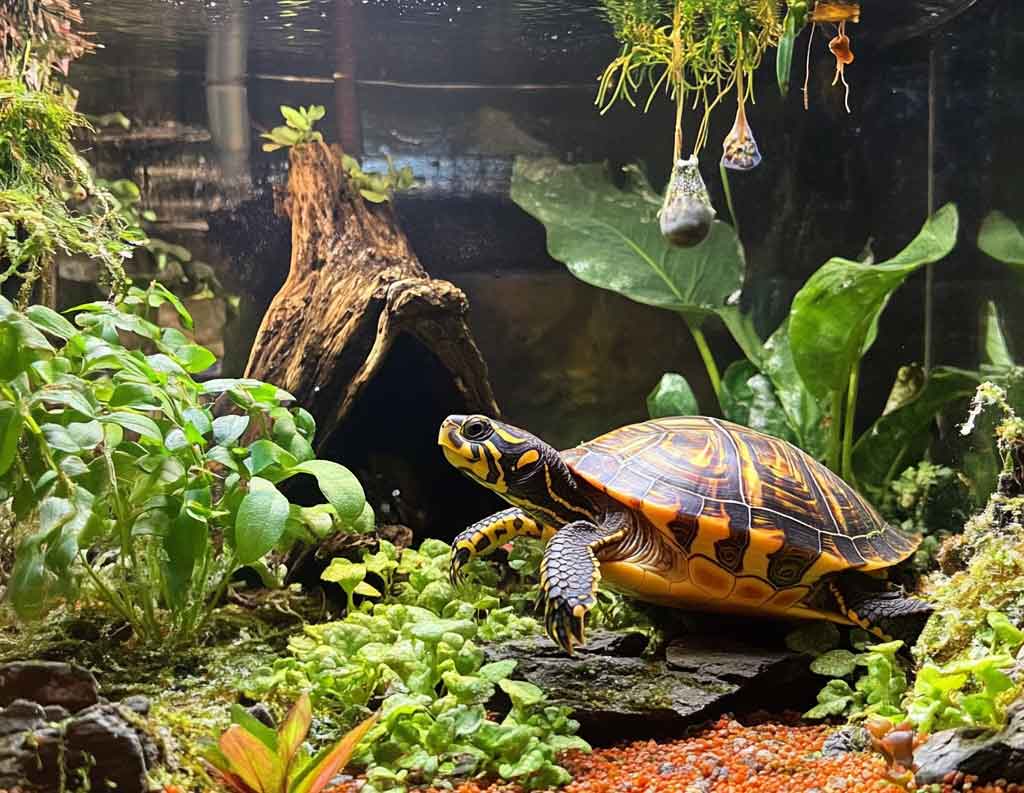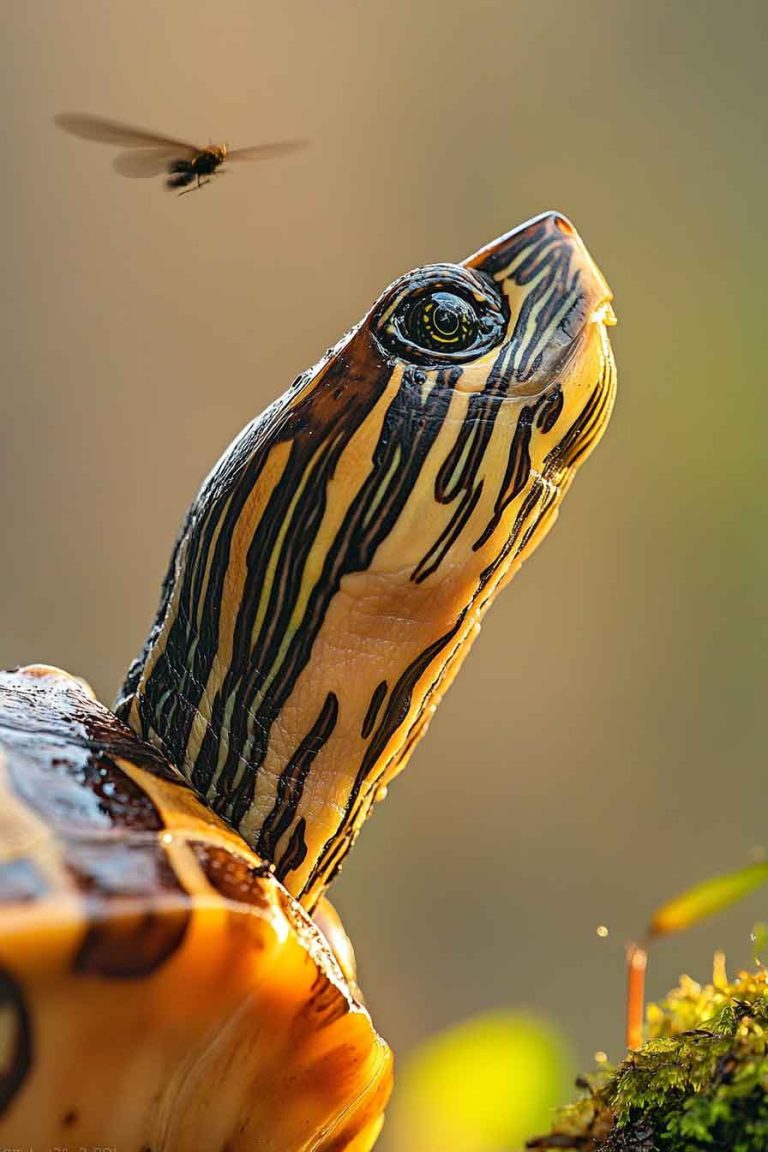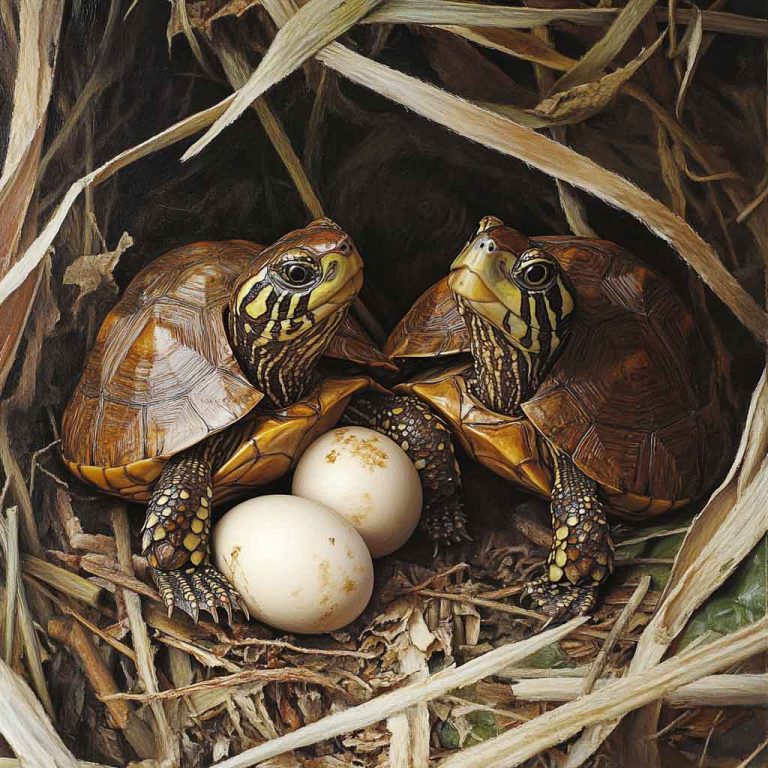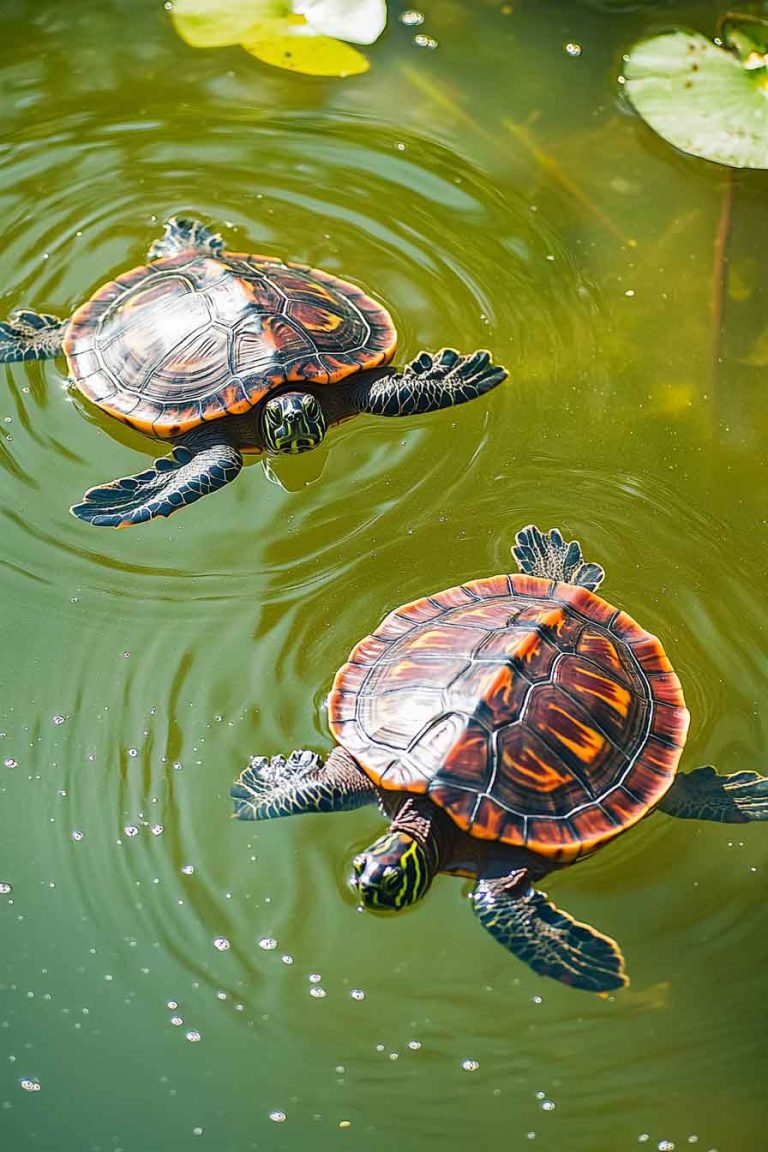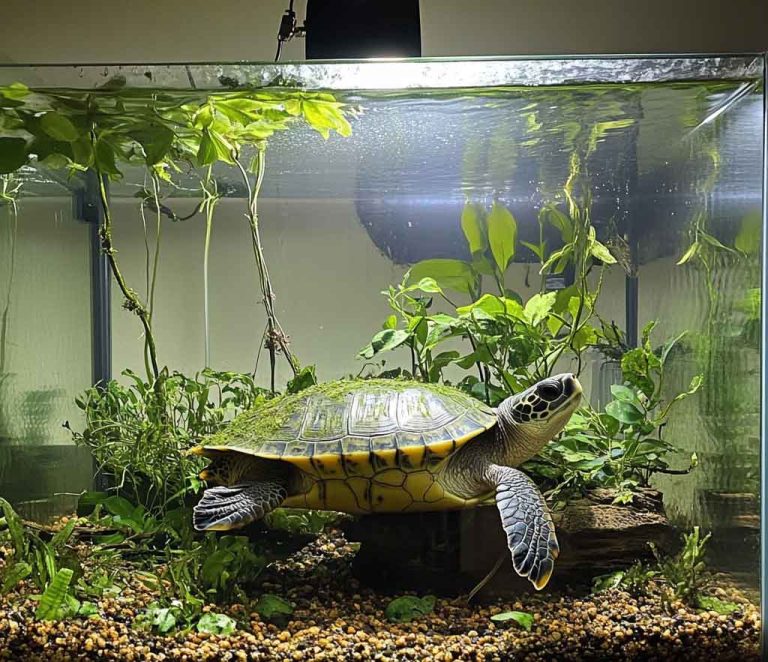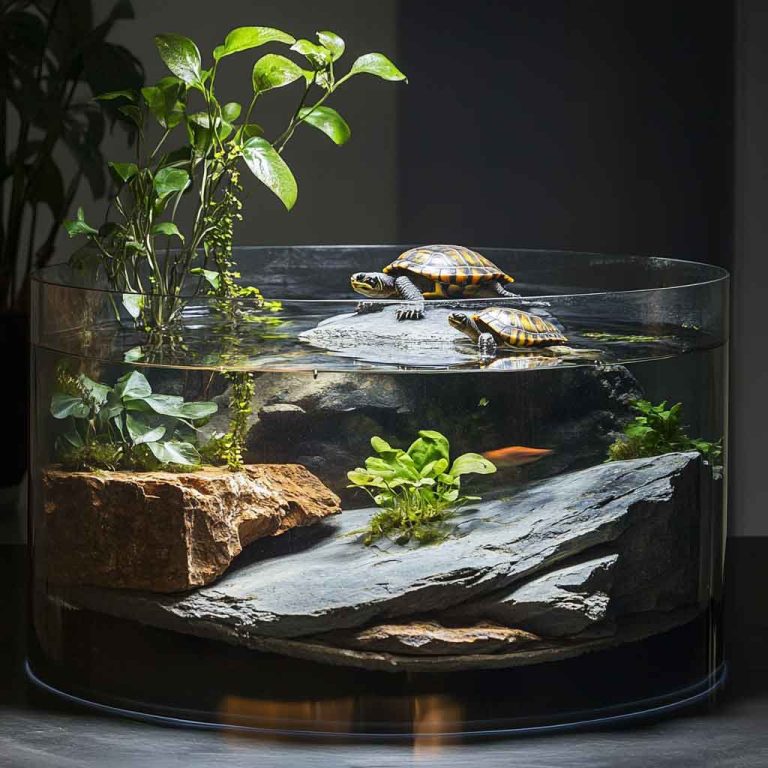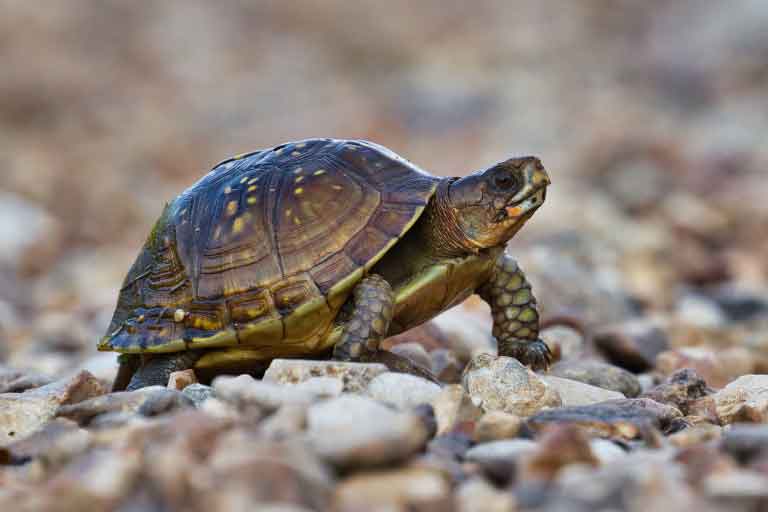Bugs In Turtle Tank: Are These Gnats or Mites? Or Something Else?
Finding tiny bugs in your turtle tank can be unsettling. Are they gnats, mites, or something else? Identifying these pests is crucial to ensuring your turtle’s health and maintaining a clean tank environment. This guide will help you understand what these bugs might be, their potential impact, and how to address them. We’ve researched common…
Finding tiny bugs in your turtle tank can be unsettling. Are they gnats, mites, or something else? Identifying these pests is crucial to ensuring your turtle’s health and maintaining a clean tank environment. This guide will help you understand what these bugs might be, their potential impact, and how to address them.
We’ve researched common turtle tank pests and prepared this article to explain the differences between gnats, mites, and other critters. You’ll also learn how to identify them and take steps to keep your turtle’s habitat safe.
What Bugs Are Commonly Found in Turtle Tanks?
Turtle tanks, with their warm, humid conditions and organic materials like uneaten food or waste, can attract a variety of small pests. Knowing what these bugs are is the first step to determining whether they’re harmless or a threat to your turtle.
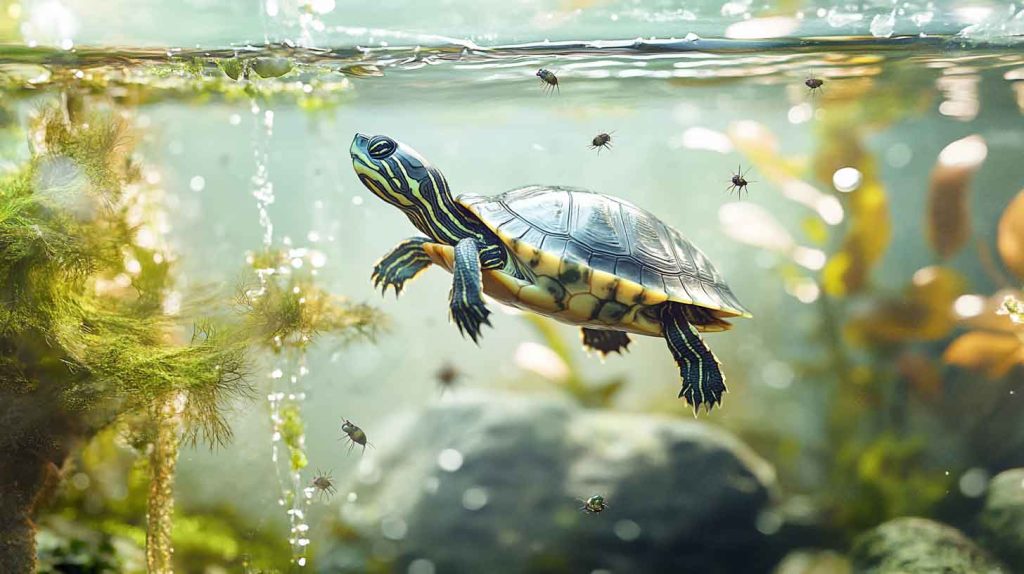
Common Types of Bugs:
Gnats
Gnats are small flying insects often confused with fruit flies. They’re drawn to moist environments and decaying organic matter, such as leftover food or soiled substrate.
- Appearance: Tiny (1-3 mm), dark, with delicate wings.
- Behavior: Hover around the tank, especially near water or food.
- Impact: Harmless to turtles but indicate poor tank hygiene.
Mites
Mites are tiny arachnids that can infest turtle tanks, particularly if cleanliness is neglected. Some mites are parasitic and can attach to your turtle’s skin or shell.
- Appearance: Very small (less than 1 mm), red, brown, or black, often seen as moving specks.
- Behavior: Found on the turtle, in shell crevices, or in substrate.
- Impact: Parasitic mites can cause irritation, stress, or infections.
Springtails
Springtails are small, wingless insects that thrive in damp conditions. They’re often mistaken for mites but are harmless.
- Appearance: Tiny (1-2 mm), white or gray, with a jumping motion.
- Behavior: Found in substrate or near water, common in bioactive setups.
- Impact: Non-parasitic, often beneficial as they break down waste.
Other Pests
Other bugs, like fruit flies, drain flies, or small beetles, may occasionally appear in turtle tanks. These are typically attracted to the same conditions as gnats and are more of a hygiene concern than a direct threat.
How to Identify the Bugs
To figure out what you’re dealing with, consider these clues:
- Movement: Gnats fly or hover; mites crawl slowly; springtails jump when disturbed.
- Location: Gnats are near water or food, mites on the turtle or in crevices, springtails in substrate.
- Size and Color: Use a magnifying glass to check size and color for accurate identification.
- Tank Conditions: Dirty water, uneaten food, or high humidity can point to specific pests.
Are These Bugs Harmful to My Turtle?
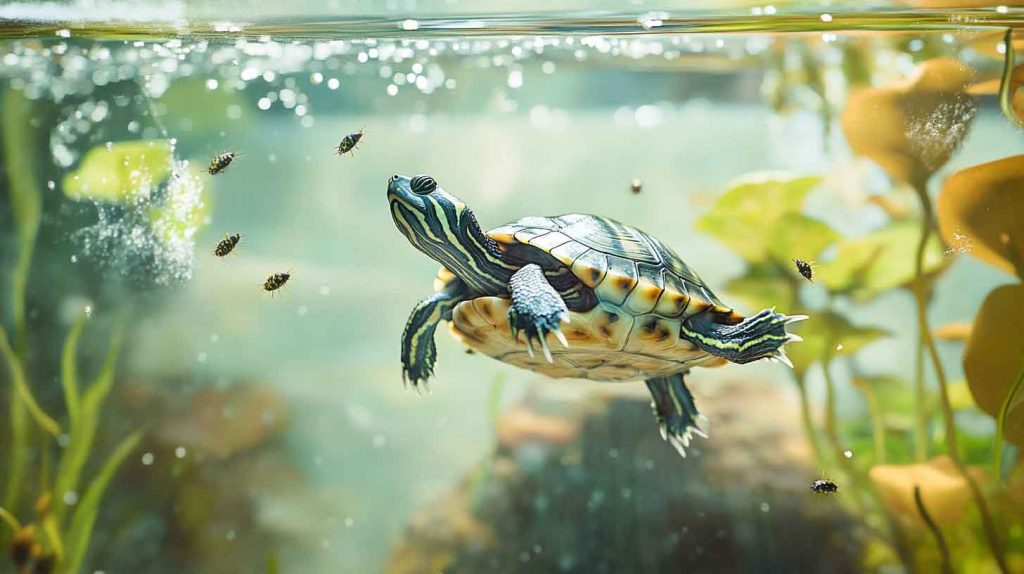
Not all bugs in a turtle tank are dangerous, but some can pose risks to your turtle’s health. Understanding their potential impact helps you decide whether immediate action is needed.
Gnats
Gnats are generally harmless to turtles. They don’t bite or parasitize but can be annoying and indicate hygiene issues. A large gnat population may stress your turtle or contaminate the water if they die in it.
Mites
Mites are more concerning, especially parasitic ones. They can:
- Cause skin irritation or lesions on your turtle.
- Lead to stress, reduced appetite, or lethargy.
- Spread infections if left untreated.
Non-parasitic mites are less harmful but can still indicate an unclean tank.
Springtails
Springtails are harmless and often beneficial in bioactive setups, as they help decompose organic matter. They don’t affect your turtle’s health but may signal excess moisture.
Other Pests
Fruit flies or drain flies are usually harmless but can contaminate water or food if not controlled. Small beetles or other insects may occasionally be problematic if they compete for food or introduce pathogens.
Signs Your Turtle Is Affected
If bugs are harming your turtle, you might notice:
- Scratching or rubbing against objects.
- Visible specks (mites) on the skin or shell.
- Lethargy, reduced appetite, or unusual behavior.
- Skin redness, sores, or shell abnormalities.
If you observe these signs, act quickly to identify and eliminate the pests.
How Do Bugs Get Into Turtle Tanks?
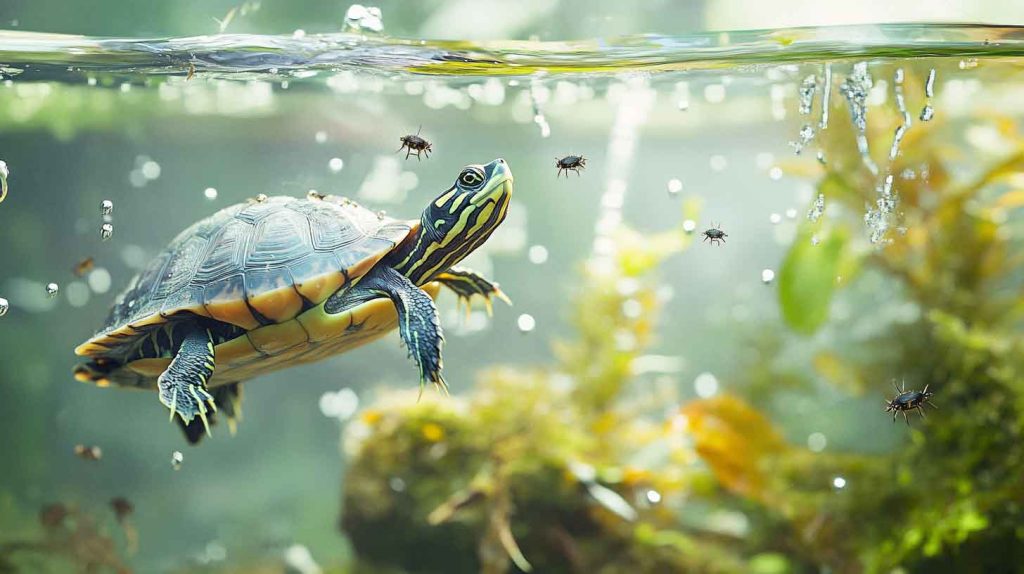
Understanding how bugs enter your turtle tank can help you prevent future infestations. Common sources include:
- Contaminated Supplies: Substrate, decorations, or plants may carry mites, springtails, or gnat eggs.
- Uneaten Food: Leftover food attracts gnats and other pests.
- Poor Water Quality: Dirty water or waste buildup creates a breeding ground for bugs.
- High Humidity: Excessive moisture encourages gnats and springtails.
- External Sources: Open windows, nearby plants, or other pets can introduce pests.
Factors That Worsen Infestations
- Irregular Cleaning: Skipping tank maintenance allows organic matter to accumulate.
- Overfeeding: Excess food left in the tank attracts pests.
- Inadequate Filtration: Poor filtration leads to water stagnation, inviting bugs.
- Crowded Tanks: Multiple turtles produce more waste, increasing pest attraction.
How to Get Rid of Bugs in Your Turtle Tank
Once you’ve identified the bugs, taking prompt action is key to protecting your turtle and restoring a clean tank environment. Here’s how to tackle each type of pest effectively.
Eliminating Gnats
- Clean the Tank: Remove uneaten food, waste, and debris. Perform a partial water change (25-50%) and clean the filter.
- Reduce Moisture: Ensure proper ventilation to lower humidity. Avoid overwatering the substrate.
- Use Traps: Place a small bowl of apple cider vinegar with a drop of dish soap near the tank to attract and trap gnats.
- Prevent Reinfestation: Store turtle food in sealed containers and feed only what your turtle can eat in one sitting.
Removing Mites
- Inspect Your Turtle: Check your turtle’s skin and shell for mites. If present, consult a veterinarian for safe treatment options, such as a mild bath with a vet-recommended solution.
- Deep Clean the Tank: Empty the tank, disinfect all surfaces with a reptile-safe cleaner, and replace the substrate. Wash decorations thoroughly.
- Quarantine New Items: Before adding new plants or decorations, inspect and clean them to prevent introducing mites.
- Monitor Regularly: Check your turtle and tank weekly for signs of mites to catch any recurrence early.
Managing Springtails
- Adjust Tank Conditions: Reduce substrate moisture by improving ventilation or using a less water-retentive material.
- Limit Organic Matter: Remove excess waste or decaying plants to discourage springtail populations.
- Leave Them Be: If springtails aren’t excessive, they can be left alone in bioactive setups, as they’re harmless.
General Tank Maintenance Tips
- Regular Cleaning: Perform weekly partial water changes and remove waste daily.
- Proper Feeding: Feed your turtle in a separate container to minimize food debris in the tank.
- Check Water Quality: Maintain water temperature between 75-85°F and use a strong filter to keep water clean.
- Inspect New Additions: Always examine new turtles, plants, or decorations for pests before adding them to the tank.
If the infestation persists, consult a reptile veterinarian for professional advice.
FAQs
1. Can gnats harm my turtle?
No, gnats are generally harmless to turtles. However, they can indicate poor tank hygiene and may contaminate water if they die in it.
2. How do I know if my turtle has mites?
Look for tiny moving specks on your turtle’s skin or shell, excessive scratching, or signs of irritation like redness or sores. A veterinarian can confirm mite infestations.
3. Are springtails dangerous in turtle tanks?
Springtails are harmless and often beneficial, as they help break down organic waste. They’re only a concern if their population grows excessively due to high moisture.
Final Word
Bugs in your turtle tank, whether gnats, mites, or springtails, are a common issue that can often be managed with proper identification and tank maintenance. While gnats and springtails are typically harmless, mites can pose a health risk to your turtle and require immediate attention. By keeping the tank clean, monitoring water quality, and addressing pest sources, you can ensure a safe and healthy environment for your turtle.
Regular care and vigilance are your best tools to prevent and eliminate pests, keeping your turtle happy and thriving.

